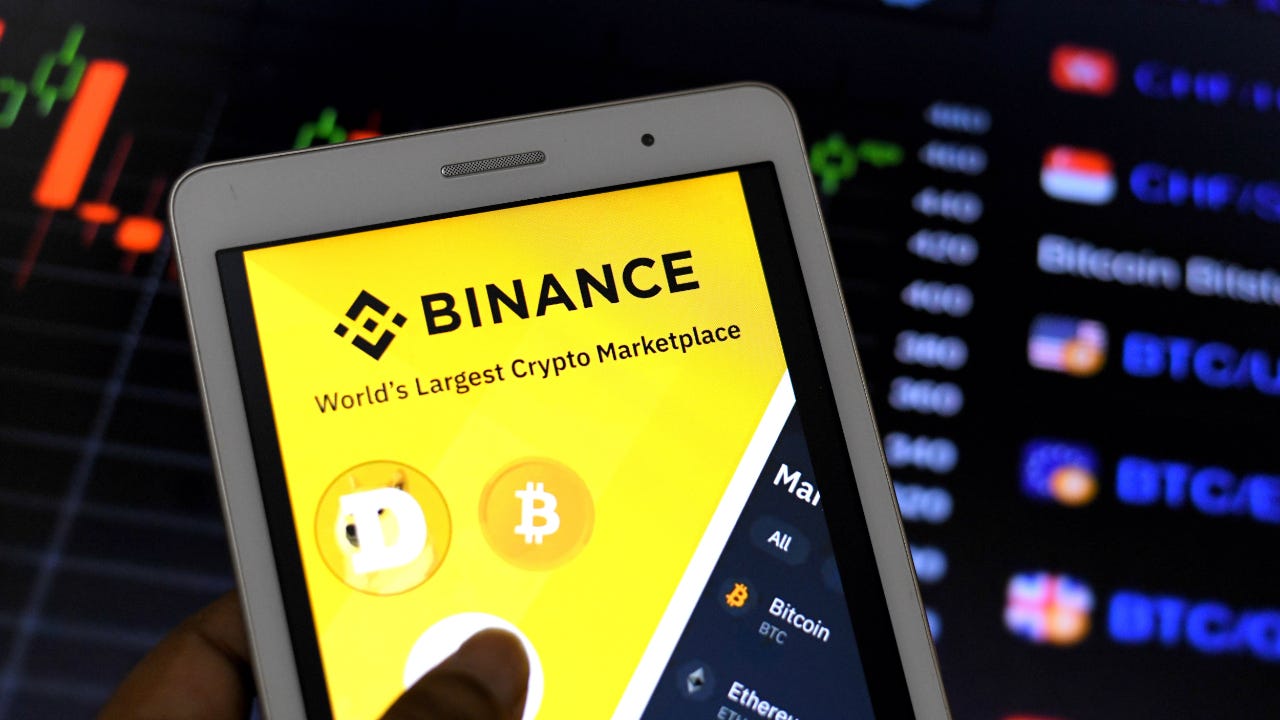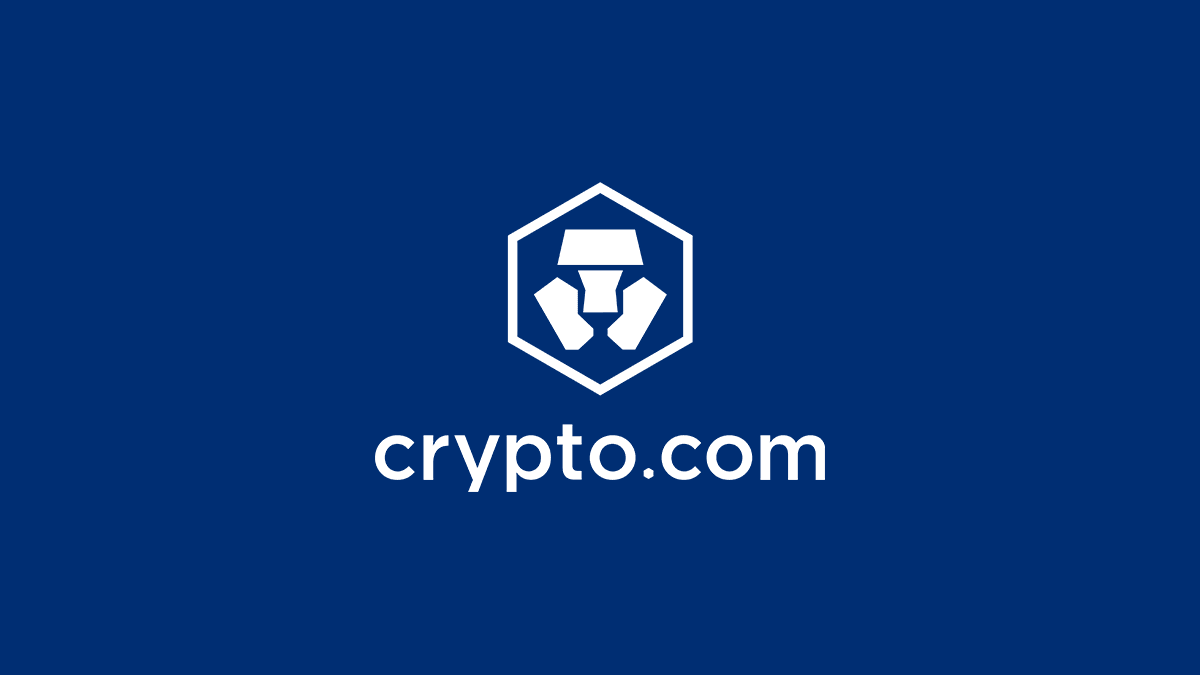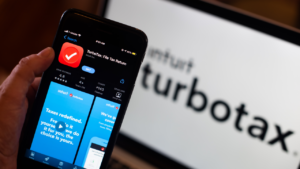Binance review 2025

Binance.US offers a wide selection of cryptocurrencies and attractive pricing on the two largest by market cap – Bitcoin and Ethereum – with no commission. Binance, which we use here to refer to the U.S. arm of the exchange, charges reasonable commissions that decline as you trade more, ranking it among the cheaper places to trade. Stack on one of the widest selections of tradable coins, too. All solid features – but customers should be aware of some key shortcomings such as the lack of phone support. The company’s mixed legal past with U.S. regulators should also give customers pause, and potential clients should carefully consider whether the brokerage qualifies for their investment dollars.
If you need an even larger selection of tradable coins, consider Coinbase as a potential exchange. But if you need just a few key cryptocurrencies while also trading traditional securities such as stocks, the finance apps Robinhood and Webull may be solid picks, too.
Best for
- Crypto-only traders
- Active traders
- Crypto-to-crypto trading
Binance at a glance
| Category | Binance |
|---|---|
| Minimum balance: | None, but $10 trade minimum |
| Securities tradable: | 158 cryptocurrencies |
| Cost per trade: |
|
| Customer service: | Live chat, support tickets and self-help |
| Mobile app: | The Binance mobile app is available on the Apple App Store and Google Play Store |
Pros: Where Binance stands out
Commissions and fees
Binance really stands out when it comes to its commission structure, particularly since it allows you to trade two top coins – Bitcoin and Ethereum – without a commission. Otherwise, fees generally start at a medium level, and then only move lower. Binance uses a volume-based pricing model, and even offers further discounts for using its proprietary cryptocurrency to buy and sell. That said, if you’re used to the simple world of most brokerage pricing, you’ll need to bid goodbye to those dreams here.
Binance has overhauled its pricing structure. The good news is that fees have become much clearer, as the exchange moved from 10 different volume-based discounts across three different tiers to a simplified two tiers. Those two tiers are Bitcoin and Ethereum, and then everything else. If you’re trading those first coins – what Binance refers to as Tier 0 – then you’ll receive commission-free trading. Everything else – Tier 1 – works on a scaled system.
For those altcoins, Binance uses a maker-taker model that rewards those who add liquidity to the market (makers) and charges a bit more (at higher trade volumes) to those who reduce liquidity (takers). So makers and takers can be charged different prices even if they’ve done the same volume. Oh, and add on a further discount and pricing if you’re using Binance Coin, the exchange’s in-house stablecoin. It’s a mishmash of pricing, but let’s break it down.
For Tier 1 trades, Binance’s volume-based pricing scheme spans 9 levels, with sliding fees for both makers and takers. Here commissions start as high as 0.60 percent (with less than $10,000 in 30-day trading volume as a taker) and run as low as free, if you’re a maker with $300 million in volume in the 30 prior days.
And again, if you’re using Binance Coin to pay, go ahead and deduct 5 percent from that tab.
There’s one more thing you’ll need to be aware of, however. Binance charges what it calls a “small spread” when you buy, sell or convert your coins. You can (and should) avoid this fee by using what Binance calls Advanced Trading, which allows you to engage directly in the market.
So how much would it cost you to buy $10,000 of a given cryptocurrency at each tier, assuming you were a taker using Advanced Trading?
- Tier 0: At this tier, you could buy either Bitcoin or Ethereum with no commissions.
- Tier 1: Here you would pay $60, or $57 with Binance Coin.
The pricing is simplified from a couple years ago, but it’s still complicated (and mostly more expensive) relative to the no-commission stock and ETF trading at brokerages.
Traders should be aware of another fee as well. If you’re looking to buy crypto straight from a debit card and want to do it right now, rather than waiting for money to transfer to your Binance account, you can make it happen. Binance charges a 4.5 percent fee on those dollars, whereas bank transfers are free.
Cryptocurrency selection
Binance might not offer the largest selection of cryptocurrencies, but it offers much more than the general financial apps such as Robinhood and Webull that have been encroaching into the crypto space. With a total of 158 cryptocurrencies available on its platform, you’re going to find the most popular names, including Bitcoin, Ethereum, Solana and more. And you’ll find dozens of other altcoins, too, plenty of others that you’re likely not familiar with.
Other rival apps advertise crypto trading but only offer a handful of the most popular coins.
Robinhood offers trading in 20 cryptocurrencies, while Interactive Brokers – generally the broker with the widest selection of available traditional securities – trades in four cryptos. Many typical online brokers don’t offer any direct access to cryptocurrency trading.
Specialized crypto exchange Coinbase does offer more than 200 coins on its platform, but this buffet-style offering is only better if you need something not offered on Binance. And it’s worth noting that crypto is the extent of securities offered at Binance. If you want stocks, bonds, funds or something more, you’ll have to turn your sights to a traditional broker or financial app.
Crypto-to-crypto trading
Binance allows clients to trade directly from one cryptocurrency to another. So you won’t have to cash out of one coin (or into another stablecoin) and then move into the new currency. Instead, you can swap straight from the coin you’re selling to the coin you actually want. Not only is it just more efficient in terms of making transactions, but it also helps you avoid unnecessary trading fees, too, though Binance is still collecting a spread mark-up on the transaction.
Cross-trading is not available on all cryptocurrency pairs, but Bitcoin (the most popular cryptocurrency) can be swapped directly with many other coins.
Staking rewards
Like Coinbase, Binance offers customers the ability to earn staking rewards for holding coins with the firm. Staking is something like earning interest in a bank account but with different and far greater risks. Staking generates income on certain cryptocurrency when it’s used to validate transactions in the currency. Binance charges what it calls a “small commission” for facilitating all the technical aspects of staking. This fee amounts to 25 to 35 percent of earned staking rewards but may change at any time.
Customers can earn staking rewards on a handful of cryptocurrencies, 21 as of the last count. Rewards accrue daily, but distributions typically only occur weekly.
Cons: Where Binance could improve
Dubious reputation and practices
Binance’s reputation precedes it – and not in the way you want. The Securities and Exchange Commission sued Binance in June 2023, alleging that it had illegally operated as an exchange, broker-dealer and clearing agency and offered and sold unregistered securities. The lawsuit also accused Binance and its founder and CEO, Changpeng Zhao, of misusing customer funds. SEC Chair Gary Gensler warned investors of using Binance platforms.
In late 2023 parent company Binance as well as founder and CEO Changpeng Zhao pleaded guilty to violations of the Bank Secrecy Act and failure to register as a money transmittal business, among other violations. The company agreed to pay $4 billion in fines to resolve the dispute with the U.S. Department of Justice.
Separately, Changpeng Zhao also pleaded guilty to the charge of failing to maintain an effective anti-money-laundering program and resigned as chief executive.
Clients may want to think carefully about working with a company having such dubious business practices, especially at an institution that you need to be able to trust with your money.
Fees for debit cards
It’s important to re-emphasize the high fee for using a debit card, at 4.5 percent. Meanwhile, rival Coinbase charges 3.99 percent, as of the last report. The easy solution: Transfer cash and wait for it to clear into the account.
Not available in some states
Binance (technically Binance.US) is not available in 12 states, including Georgia, North Carolina, New York, Texas and Vermont. While the company has said that it intends to eventually operate in all 50 states, it added just a few of them from September 2020 to December 2022 and none in 2023, meaning full coverage may yet be a ways off.
Customer support
Maybe Binance’s low fees are a bit too low? That’s because clients can contact customer support only through a support ticket (email) or live chat. And even chat is a serious upgrade in recent years. No phone. You’ll have to explain the issue clearly in writing, when sometimes the issue is anything but clear. Your only other recourse is a self-help section on the website, which may or may not prove useful.
Perhaps someday Binance can upgrade to phone support, too, as some rival exchanges have.
You may also like






